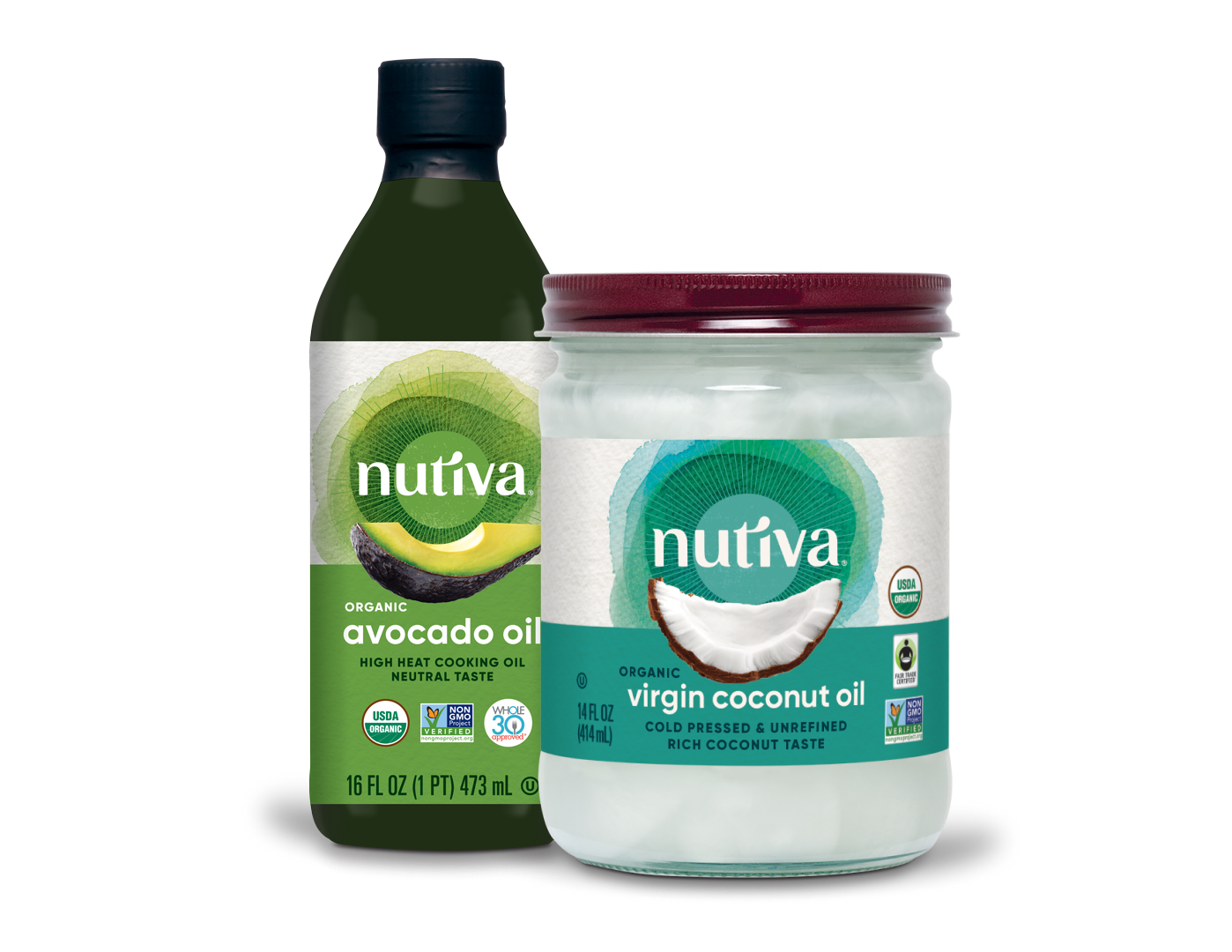why “waste” resources?
a look at nutiva’s zero waste initiative
Early this year we launched an initiative to become a Zero Waste Facility. Such goals challenge the prevailing practices of corporations, whose landfill trash typically includes 47% reusable material. The largest portion of this reusable waste is compostable and comes from food scraps, yard clippings, and manufacturing byproducts, while the remainder is in the form of cardboard, paper and lumber.
In an internal trash audit at Nutiva’s headquarters and manufacturing facility, we found opportunities to innovate and improve our disposal procedures. We began with shifting perspectives to view waste as misplaced resources and a potential revenue source. We also educated employees about their role in the solution and restructured office and production systems to reduce waste.
Zero Waste, as defined by the U.S. Zero Waste Business Council, requires 90% of all waste to be diverted for reuse or recycling, not the full 100% leading to no waste. Achieving this target leaves our sustainability managers thinking outside the box for disposal solutions.
One such disposal solution, (you can read about more here), involves redirecting organic material from kitchen scraps, manufacturing byproducts, and soiled product to local farms. Local farms feed the material to animals or add it to their compost pile, which then turns into the healthy, fertile soil that fortifies crops and feeds our community.
Additional solutions for waste diversion include:
- Selling recyclable materials
- Donating reusable items such as 90 coconut oil drums that are being used by the City of Albany for rainwater catchment
- Better signage around recycling, compost and garbage
- Upcycling! Check out the photos from our upcycle contest
Our team is passionate and engaged, which is critical to the success of our sustainability programs.
With proper and frequent measuring and monitoring, as well as new systems, we have shifted the course of business as usual, diverting increasing amounts of waste from the landfill. The result is a direct and measurable decrease in our environmental impact.









